Jeff Koons, a celebrated artist known for his sensory appeal, playful demeanor and conceptual underpinnings, creates a world that aims to bring joy to people. His art is easily comprehensible as it directly communicates with the audience. Born in 1955 in Pennsylvania, Jeff Koons is recognized as one of the most controversial and polarizing artists of his generation. In the “Jeff Koons Handbook,” art historian Robert Rosenblum compares the artist to popular culture icons such as Madonna, Donald Trump, Michael Jackson and The Beatles, stating, “He may not have reached their level of fame, but he is certainly not lacking in reputation for an artist.”
In 1992, Koons prepared for his first exhibition in the U.K. at Anthony d’Offay Gallery in London. In the “Jeff Koons Handbook,” the artist describes his upbringing with a childlike simplicity, attributing his love for art to the supportive environment provided by his family. He recounts his early experiences in his father’s interior decoration shop, where he sold his paintings at a young age, despite their poor quality, finding confidence in the appreciation they received. Koons pursued his education at the Maryland Institute College of Art and the School of the Art Institute of Chicago. His interest in art diverged from the mainstream trends in New York, leading him to focus more on the art scene in Chicago, where he was inspired by artists like Ed Paschke, Jim Nutt and H.C. Westermann. Koons moved to New York in 1977 to support his career and began working at MoMA, where he excelled in selling museum memberships. Despite his success, he sought additional income to finance his art production, leading him to explore opportunities in commodity markets on Wall Street. This allowed him to produce his art independently of the art market.
In summary, Jeff Koons’s journey is characterized by his pursuit of art that not only appeals to the senses but also reflects his playful spirit and conceptual depth. His experiences have shaped his unique perspective, making him one of the most intriguing figures in contemporary art.
Series, fabrication production
Since 1979, Koons has been working in series, with various series such as “Pre-New,” “New,” “Equilibrium,” “Sculpture,” “Banality,” “Made in Heaven” and “Celebration.”
The “Pre-New” series featured sculptures and installations created by combining household items with light sources. In the “New” series, Koons placed vacuum cleaners in transparent boxes, illuminated by red lights and displayed them as if they were newly marketed consumer products.
The “Equilibrium” series consists of basketballs placed in purified water tanks, with the help of Nobel laureate physicist Richard Feynman. To keep the balls balanced in the center of the tanks, a certain amount of salt is added to the water. Other works in the series feature tanks half-filled with water, with the balls partially submerged. The “Sculpture” series, dating back to the 1970s, showcases oversized sculptures made of polished, transparent-colored stainless steel, resembling inflatable toys. The most famous of these, “Rabbit,” found its way to the Chicago Museum of Contemporary Art after being part of the Ileana Sonnabend collection.
The Luxury and Degradation series debuted at the short-lived International With Monument gallery and revolved around an alcohol-related theme. Koons then transitioned to the Banality series, crafting sculptures from porcelain, wood and ceramic. Collaborating with workshops in Germany and Italy, known for working with these materials, Koons produced “Michael Jackson and Bubbles” in 1988. The artwork comprises three life-sized, gold-leafed sculptures of Michael Jackson and a chimpanzee.
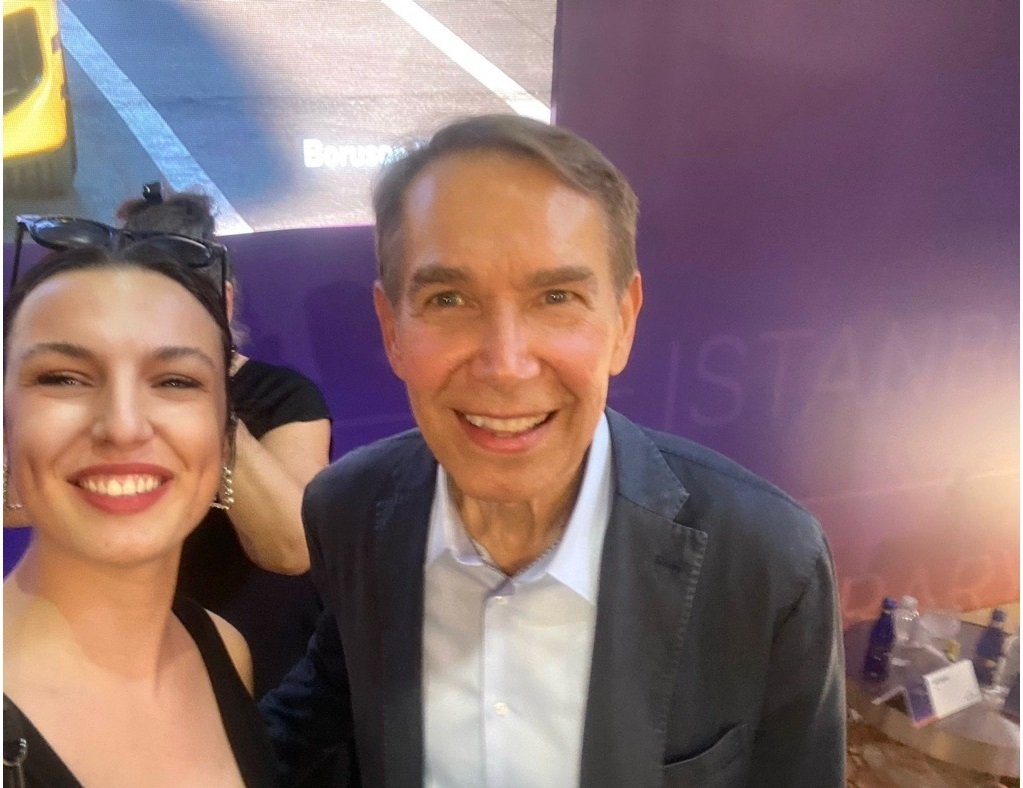
Record prices
With such fame and exhibitions in the most prestigious galleries worldwide, such as Gagosian, and avid collectors vying for his pieces, it’s no wonder Jeff Koons’s works command record prices. He set records at both Christie’s and Sotheby’s contemporary art auctions.
In 2001, a porcelain sculpture titled “Michael Jackson and Bubbles,” featuring three versions, sold for $5.6 million. In 2007, a balloon heart sculpture, part of Adam Lindemann’s collection, fetched $23.6 million at Sotheby’s New York, setting a record for a living artist’s work at the time. Gagosian Gallery acquired five versions of the sculpture for the same price the previous day. Additionally, Gagosian purchased a blue-colored “Diamond” sculpture by Koons from Christie’s London for $11.8 million. Gagosian also acquired the Celebration series for Ukrainian steel magnate Victor Pinchuk. In July 2008, “Balloon Flower (Magenta)” sold for a record-breaking $25.7 million at Christie’s London from the Howard and Cindy Rachofsky collection. In total, Jeff Koons amassed $117.2 million in sales in 2008, making him the highest-grossing artist.
Although Koons’s prices halved during the economic crisis of the late 2000s, particularly for the Luxury and Degradation series, the prices for the Banality series remained resilient. In 2012, “Tulips,” part of the Banality series, went for $33.6 million at Christie’s to a bidder participating via phone, surpassing the expected price listed in the catalog of $25 million.
Among the biggest collectors of Koons’s works are Eli Broad, who has 24 pieces, Dakis Joannou, who has 38 pieces, and François Pinault, who has numerous works. Notably, Koons’s works are found in significant numbers in museums worldwide, including his former workplace, MoMA, indicating his profound impact on contemporary art.
Philosophy of Jeff Koons
Having developed comprehensive ideas about his own artistic identity and relationship with art, Koons suggests that for everyone to absorb their own culture, they must become sacrificial. Only then, according to the artist, can people perceive life closely. Koons continues: “Beyond the communicative aesthetics of my works, there is no aesthetic value. I also consider taste to be insignificant. Art can play an important role in social mobility. I encourage people to embrace their past and who they are through my work. By doing this, they can obtain a foundation on which to work. I embrace my own past and appreciate its beauty.”
Koons describes the thought behind his own artworks: “An observer may see irony in my works at first glance, but I don’t see it at all. Irony drags a lot of critical thinking behind it. I favor art returning to its true purpose and the artist taking on the responsibility of manipulation and seduction. This is necessary for art to have as much political impact as the entertainment industry, film, pop music, and advertising … Artists should be able to use and exploit themselves to the fullest extent. This responsibility also includes exploiting their audience … My works embrace the viewer and communicate with them. This scares people because it requires dialogue and reaction.”
Whitney exhibition
The largest museum exhibition of Jeff Koons’ mature career took place at the Whitney Museum of American Art from June 27 to October 19, 2014. The exhibition later embarked on a tour, visiting the Pompidou Center in Paris and then the Guggenheim Museum in Bilbao, Spain. This event, held at the Whitney Museum’s current building, concluded before the museum moved to its new location in New York’s Meatpacking District in 2015. This retrospective showcased Koons’ entire career with 150 works spanning from 1978, presented chronologically, providing insight into how Koons interpreted the ready-made concept, merged high art with popular culture, pushed the boundaries of industrial fabrication and transformed his image into a global brand. Like all retrospectives, this exhibition provided a comprehensive overview of Koons’ evolution over his long career and also offered a panorama of American art over the past 35 years, particularly highlighting how American popular culture comfortably embraces its identity and takes pride in it. The exhibition was curated by Scott Rothkopp.
Koons collaborated with Lady Gaga, arguably one of America’s most creative pop singers in recent years, on her third album, “Artpop.” The album cover featured a naked sculpture of Lady Gaga created by Koons. Koons pioneered the transformation of classical plastic artists from past centuries into pop culture icons in his own persona. It’s not easy to be like him because it requires complete confidence, an actor-like appearance and the skills to successfully sustain media attention. Artists like Damien Hirst, who have drawn inspiration from him, also tread this path and have been successful. However, the worst aspect of living such a life is the immense jealousy and hatred it attracts, which may be the universal cost of fame.
Jeff Koons’ collaboration with Lady Gaga didn’t end with the naked sculpture featured on the cover of the “Artpop” album released in 2014. Their collaboration continued with the release of a new version of the “Artpop” album in 2019. The reissued album included not only the sculpture designed by Koons but also previously unreleased songs by Lady Gaga. Jeff Koons’ influence and popularity in the art world continued. However, the artist faced personal and professional challenges. In 2018, a sculpture titled “Balloon Dog” by Koons was sold at auction for $58.4 million, although this sale didn’t break any of Koons’ records. During the same period, the artist’s former assistant was arrested on charges of possessing illegal drugs in Koons’ studio, affecting Koons’ public image.
In 2019, Jeff Koons was featured in a retrospective exhibition at the Guggenheim Museum in New York as part of a worldwide tour. This exhibition covered pivotal moments in the artist’s career and showcased various works, drawing attention as a critical turning point compared to Koons’ previous exhibitions. Jeff Koons’ artworks are still recognized and appreciated worldwide, and his popularity endures. However, controversies and events surrounding both his works and personal life continue to generate ongoing discussions.

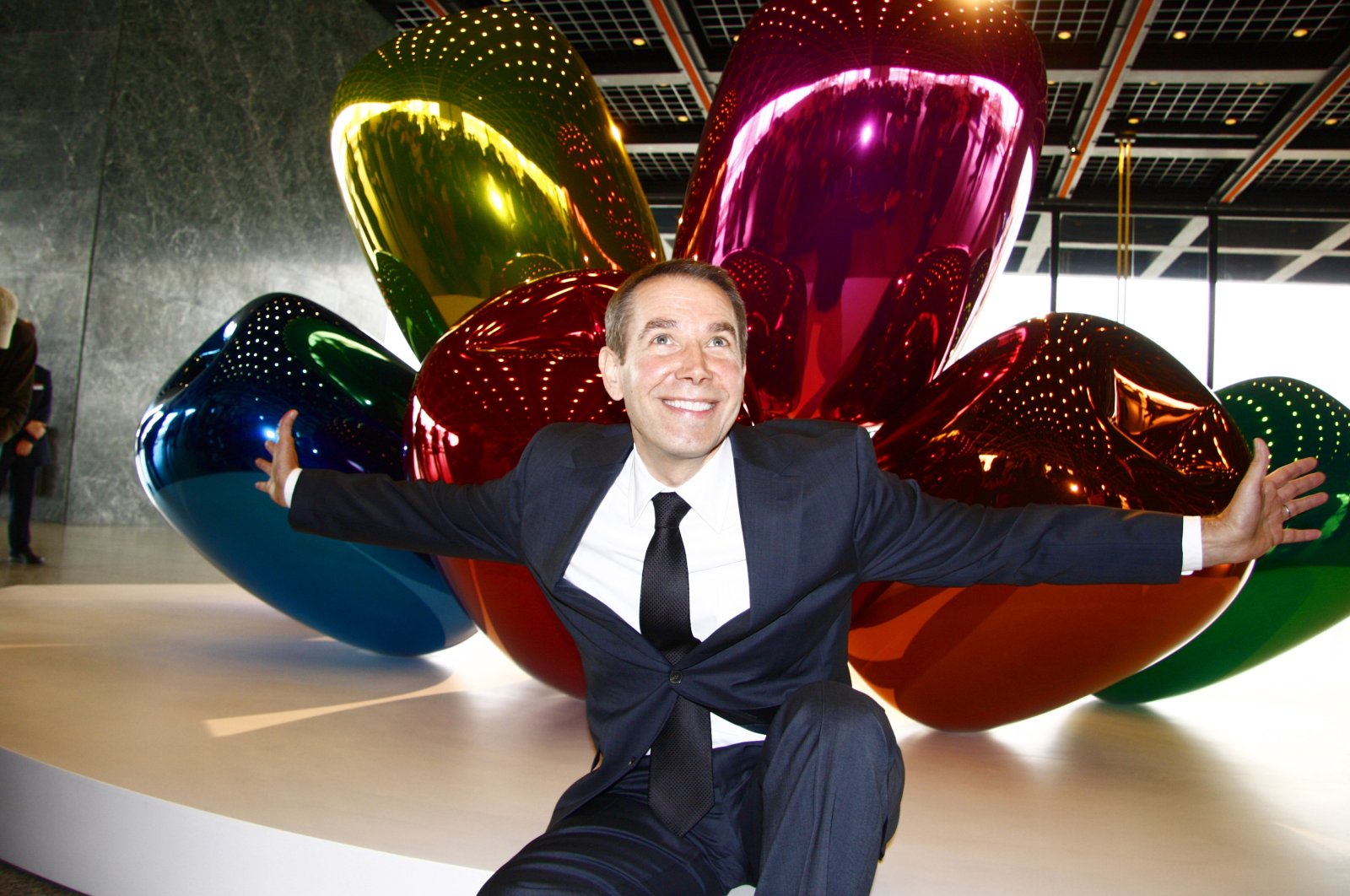
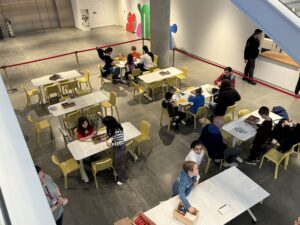
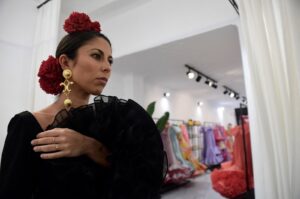

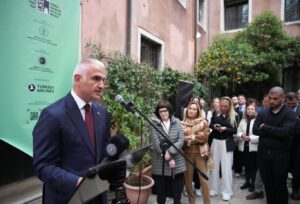
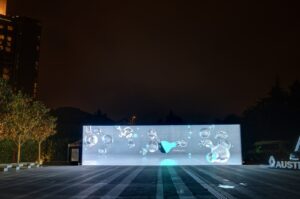
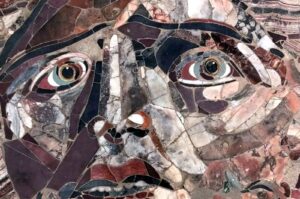
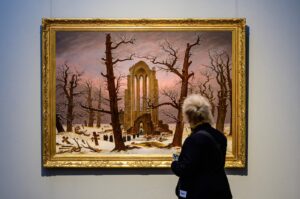
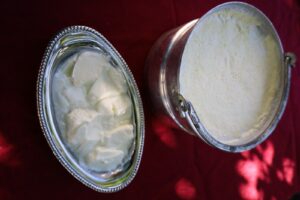
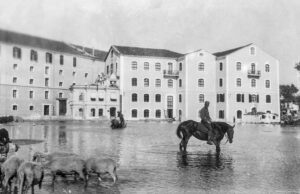
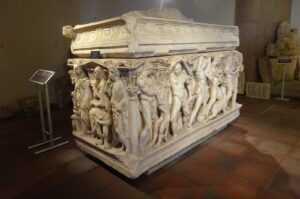


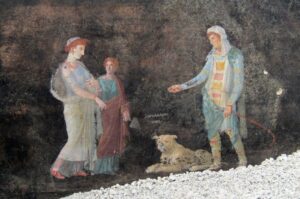






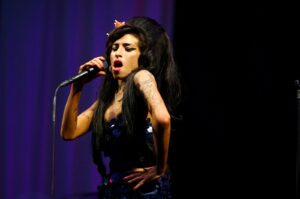


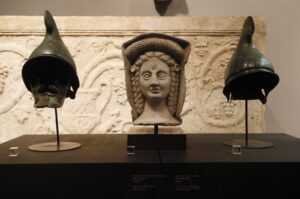

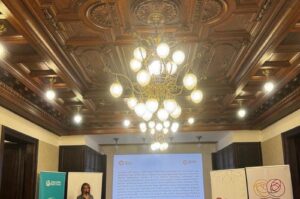
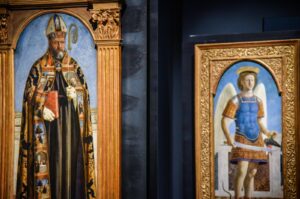
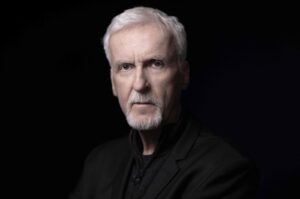



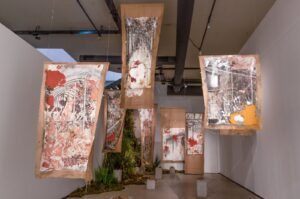





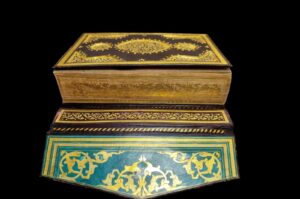



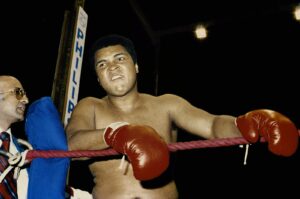

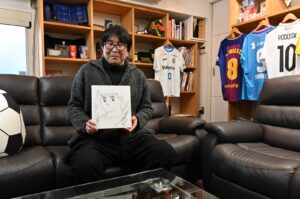
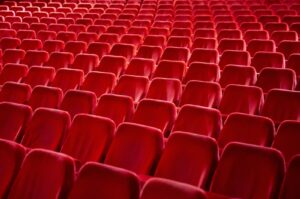

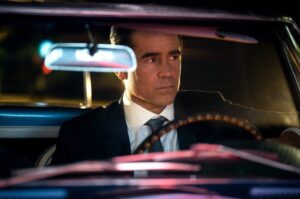




Be First to Comment